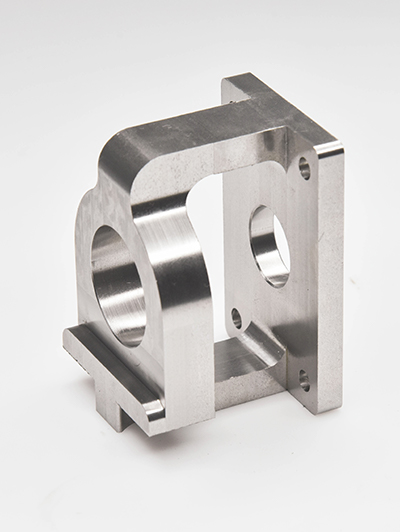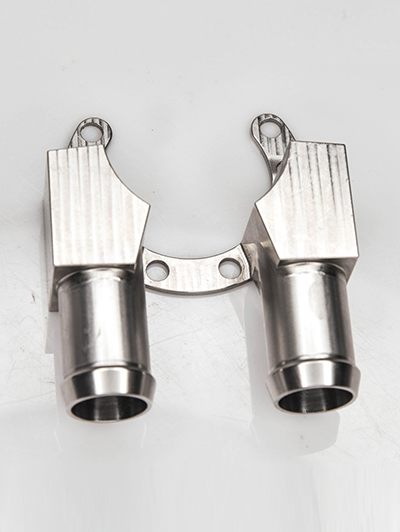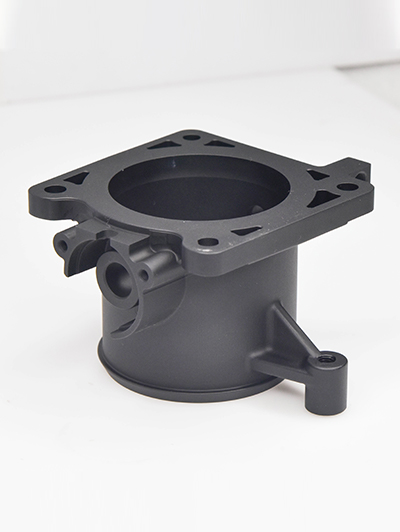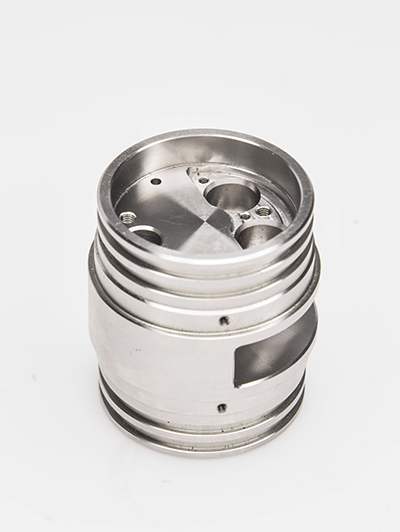Information
Aerospace | ±0.002mm Turbine Blade 5-Axis Machining_ Pushing Engine Performance Boundaries
Aerospace | ±0.002mm Turbine Blade 5-Axis Machining: Pushing Engine Performance Boundaries
In the highly demanding field of aerospace engineering, precision is not just a requirement but a necessity. Every component, no matter how small, plays a critical role in the performance and reliability of aircraft engines. Among the most challenging yet essential parts of a turbine engine are turbine blades. These blades operate under extreme conditions, including high temperatures, high pressures, and constant mechanical stress. To meet these rigorous standards, aerospace manufacturers turn to advanced machining techniques, such as ±0.002mm turbine blade 5-axis machining, to push engine performance boundaries to new heights.
The Importance of Precision in Aerospace Turbine Blades
Turbine blades are critical to the operation of gas turbine engines, which are used in both commercial and military aircraft. These blades are subject to harsh environments, including high-temperature gas flows that can exceed 1,500°C. The blades need to maintain structural integrity while withstanding intense centrifugal forces and thermal expansion. Any slight deviation in the blade's dimensions can lead to catastrophic failure, making precision machining indispensable.
For manufacturers, achieving this level of precision requires advanced technologies capable of producing parts to extremely tight tolerances. ±0.002mm turbine blade 5-axis machining is one of the most effective methods for achieving this precision. It allows manufacturers to shape complex geometries and intricate details on turbine blades, ensuring they meet the stringent performance requirements of modern engines.
Why ±0.002mm Tolerance Matters in Turbine Blade Machining
The tolerance of ±0.002mm may seem minimal, but in the context of aerospace engineering, it is a game-changer. A deviation of even a few micrometers can result in engine inefficiency, excessive wear, and even catastrophic failure. Achieving such tight tolerances ensures that turbine blades are perfectly aligned and balanced, optimizing airflow through the engine and enhancing fuel efficiency.
Moreover, turbine blades often feature complex geometries, such as cooling holes and intricate airfoils, that are critical to their performance. Machining these features with a tolerance of ±0.002mm guarantees that every detail is replicated with the utmost accuracy, contributing to the overall efficiency and longevity of the engine.
5-Axis Machining: The Key to High-Precision Turbine Blades
5-axis machining is a cutting-edge technique that enables manufacturers to machine parts from multiple angles simultaneously. Unlike traditional 3-axis machining, where a part is rotated and repositioned for each cut, 5-axis machining allows the workpiece to remain in a single position while the tool moves along five different axes. This capability is essential for producing the complex geometries required for turbine blades.
With 5-axis machining, manufacturers can achieve high-precision cuts on intricate surfaces, ensuring that even the most complex features are accurately formed. This capability makes it possible to create turbine blades with features such as curved surfaces, deep cavities, and cooling channels—elements that are essential for optimal performance in aerospace engines.
Furthermore, the precision of 5-axis machining, combined with the ability to achieve tolerances as tight as ±0.002mm, allows for the production of turbine blades that meet the highest standards of quality and performance.
Applications of ±0.002mm Turbine Blade Machining in Aerospace
The applications of high-precision turbine blade machining extend far beyond aircraft engines. Turbine blades are also used in a variety of other aerospace systems, including jet engines for helicopters, spacecraft engines, and propulsion systems for drones and satellites. As aerospace technologies continue to advance, the demand for more efficient and high-performance turbine blades will only grow.
For aerospace manufacturers, leveraging advanced machining techniques like ±0.002mm turbine blade 5-axis machining allows them to stay ahead of the competition. By producing turbine blades with superior precision, manufacturers can offer more fuel-efficient engines, improved reliability, and reduced maintenance costs. In an industry where performance is critical, these advantages can be the difference between success and failure.
Conclusion: Setting New Standards in Aerospace Manufacturing
In conclusion, ±0.002mm turbine blade 5-axis machining represents a breakthrough in aerospace manufacturing. By enabling the production of turbine blades with unparalleled precision, this technology is pushing the boundaries of engine performance and efficiency. Aerospace manufacturers that invest in advanced machining technologies can ensure that their products meet the highest standards of quality, safety, and performance.
As the aerospace industry continues to evolve, the need for precision and innovation will only increase. With ±0.002mm turbine blade 5-axis machining, manufacturers can help shape the future of aerospace technology, one turbine blade at a time.
By leveraging this cutting-edge technology, your company can offer aerospace manufacturers the precision and performance they need to stay competitive in the ever-evolving market. Whether it’s for commercial aviation, military aircraft, or space exploration, high-precision turbine blades are critical to achieving peak engine performance and efficiency.
Enhancing Efficiency in Aerospace Technologies
1. Implementing advanced automation and robotics: By utilizing automated systems and robotics in aerospace technologies, tasks can be performed more quickly and accurately, leading to increased efficiency. This includes automated systems for manufacturing, inspection, maintenance, and handling of materials.2. Adopting digital twin technology: Digital twin technology allows for real-time monitoring and simul...
Cutting-edge Machining of Unique Materials
Advancements in technology have allowed for the cutting-edge machining of unique materials that were previously difficult to work with. This has opened up new possibilities for manufacturing industries, allowing for the production of components and products that were once thought to be impossible.One such material that has benefited from cutting-edge machining techniques is carbon fiber. Carbon fiber is a l...
Enhancing Efficiency in Aerospace Technologies
1. Implementing advanced automation and robotics: By utilizing automated systems and robotics in aerospace technologies, tasks can be performed more quickly and accurately, leading to increased efficiency. This includes automated systems for manufacturing, inspection, maintenance, and handling of materials.2. Adopting digital twin technology: Digital twin technology allows for real-time monitoring and simul...
Cutting-edge Machining of Unique Materials
Advancements in technology have allowed for the cutting-edge machining of unique materials that were previously difficult to work with. This has opened up new possibilities for manufacturing industries, allowing for the production of components and products that were once thought to be impossible.One such material that has benefited from cutting-edge machining techniques is carbon fiber. Carbon fiber is a l...
Shape accuracy detection
In addition to dimensional accuracy, the shape accuracy of the parts cannot be ignored. Detect shape errors such as roundness, cylindricity, and flatness of parts using equipment such as roundness meters and contour meters. For example, when processing high-precision bearing rings, the accuracy of roundness and cylindricity directly affects the rotational accuracy and service life of the bearing.
Dimensional accuracy testing
Using advanced measuring tools and techniques, such as coordinate measuring instruments, optical imagers, etc., to accurately measure the dimensions of parts. For precision parts, dimensional tolerances are usually controlled at the micrometer level, so high-precision measuring equipment is required to ensure the accuracy of the test results. For example, when processing precision molds for mobile phone chi...
- +86 13603025252
-

WhatsApp
- info@jiujucnc.com





